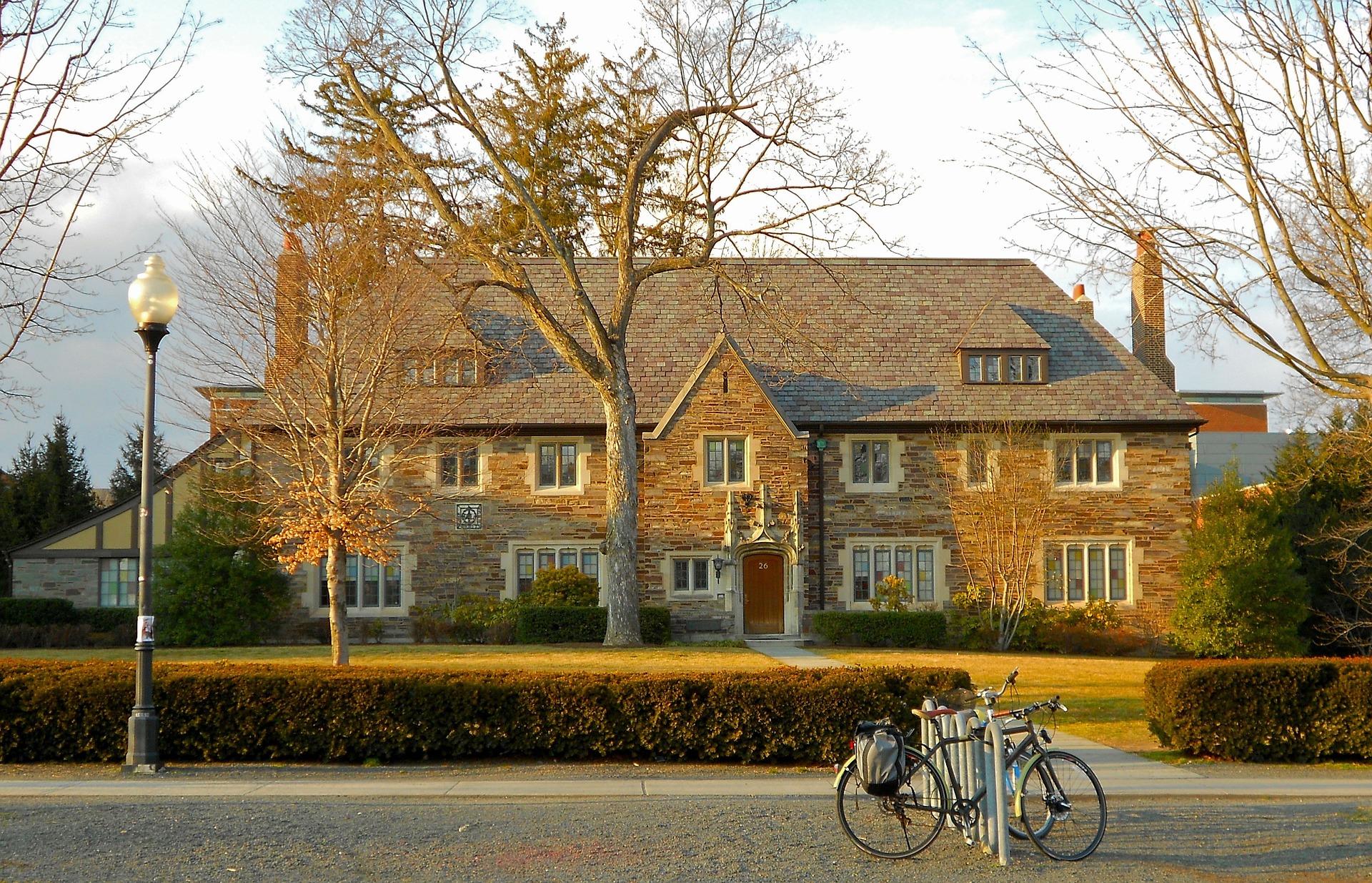Waitlist Letters: What You Need to Know
Despite more schools possibly needing to go to the WL, getting admitted from the waitlist is not exactly easy. However, it is possible with some work! Although I do not suggest being overly optimistic, there are strategies that have worked for students in the past that I shared in this post. If you want individualized guidance, please reach out.
Once you have accepted a spot on the WL, deposited elsewhere, and familiarized yourself with the waitlist data, also read this article by Rick Clark from Georgia Tech.
Accepting your spot on the WL is a standard, required communication, but you might want to consider sending a waitlist letter once you have some meaningful information to share. This might not be the same day or even a few days or weeks after you’ve been WL’d, so don’t rush it. It is better to send something that might be valuable than just send something to say “you’d attend if admitted.”
Please remember, showing up on campus or other over-the-top gimmicks or antics are looked down upon, so please understand that this type of behavior is not appreciated or welcomed. The good thing is, you can’t show up on many campuses now; so please don’t.
More questions about the WL? Email us!
For a sample letter, please subscribe to our blog (link below) and email us requesting it and we will share it within 24 hours.
*Stay in the know! Subscribe*


